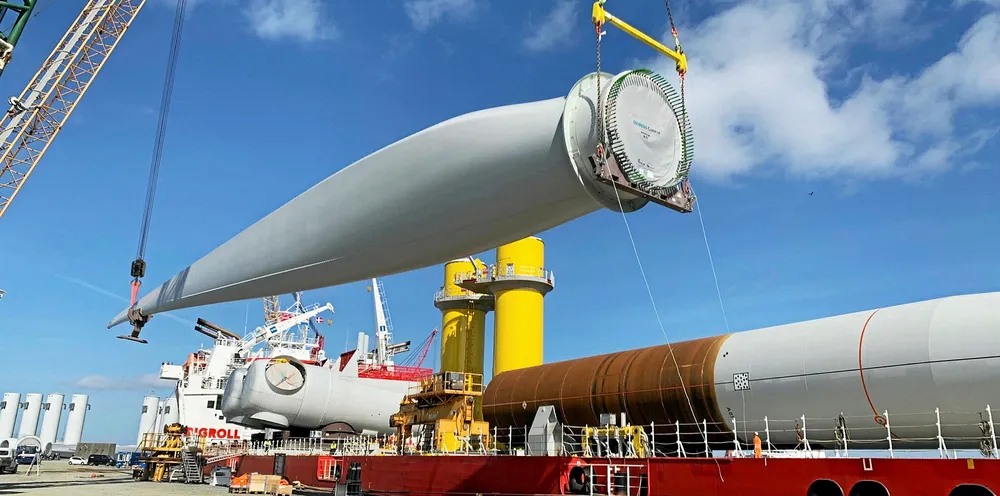US offshore wind build-out could hit 25GW – or 15GW – by 2030: WoodMac
Longer-term questions linked to permitting delays and political risk hang over promising market, says analyst

The US offshore wind industry is set to power up over the coming decade with as much as 25GW in new installations – or as little as 15GW given longer-term uncertainty with permitting delays, political risk and project timing, according to a new report from Wood Mackenzie report.
WoodMac’s bull case for US offshore wind is underpinned by the growth potential stemming from expanding state renewable portfolio standard (RPS) carve-outs and contracting calls for the installation of 34GW of capacity by 2035.
Almost 40GW of thermal plants are due to be retired – as well as several nuclear stations in the northeast – that will provide further opportunities for offshore wind plant construction.
“Offshore wind can be deployed on a large scale, making it a powerful tool for policymakers to pursue more ambitious clean energy targets,” said Max Cohen, the WoodMac report’s principal analyst.
The sector has also attracted interest from large, deep-pocketed global companies with historic experience in offshore energy and/or electric power generation and distributionAmong as Dominion Energy, EDF, EDP Renewables, EnBW, Equinor, Eversource Energy, Iberdrola, Orsted, PSEG and Shell, such .
“The US offers an opportunity for experienced European players and oil and gas producers, as well as domestic utilities and supply chain providers, as policymakers seek to boost employment,” said Cohen.
The report noted that if states do follow through with RPS carve-outs and contracting calls for 34GW, this scenario would bring its own challenges, particularly integrating so much offshore wind to a constrained onshore transmission grid.
“Recent large-scale renewable energy-focused transmission projects have failed to move forward due to a combination of permit delays, Nimbyism and high network upgrade costs,” said Cohen.
The US government’s lease programme currently supports about 20GW-30GW, depending on turbine density and onshore transmission availability, and areas supporting as much as 45GW are under consideration for future leasing, according to the report.
WoodMac’s bear case for new offshore wind capacity this decade takes into consideration permitting delays and political risk at both the federal and state levels.
The US will hold presidential elections this year and in 2024 and 2028, while all 435 representatives in the Lower House of Congress face voters every two years. US Senators in the 100-seat Senate serve six years and most state governors serve four years but not all are eligible for a second term.
“While more than 9GW of projects are already contracted or soon to be approved, and up to 6GW more will be solicited through 2022, longer-term uncertainty could see total build this decade reach just 15GW,” said Cohen.
Phasing-out of the federal investment tax credit (ITC) adds some uncertainty to the offshore sector’s outlook, as there are concerns that price declines, driven by technology and economies of scale, may not be sustainable.
Offshore projects that begin construction this year are eligible for the ITC at 18%. This can be done by doing physical work of a “significant nature”, onsite or offsite, or by incurring 5% of the total project costs by year-end.
The US offshore wind sector will effectively launch in 2023, when the 800MW Vineyard Wind project will come online to supply Massachusetts customers, along with about 260MW of smaller projects supplying New York, Maryland, and Maine. In 2024, offshore wind will comprise over a third of the year’s wind capacity installations.
Cohen said that while federal tax credits and permitting schedules define near-term build, the commercialisation of floating technology is critical to expanding offshore wind’s regional reach to key 100% RPS markets such as California and Hawaii.
(Copyright)